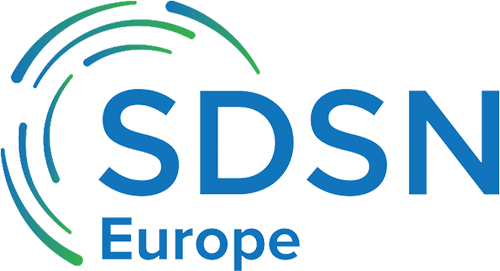
Stefano Basseghini, President of the Italian Regulatory Authority for Energy, Networks and Environment (ARERA), held the tenth lesson of phase 2 of the Siena International School on Sustainable Development about “Energy Transition: costs and opportunities”. Here are some of the key points to remember:
- In Italy, the Italian Regulatory Authority for Energy, Networks and Environment (ARERA) regulates electricity, gas and water services, district heating, and the waste management sector. It aims to promote competition, efficiency, and the nationwide distribution of these public utility services. In addition, it establishes a clear and transparent tariff system that protects consumers’ interests while also balancing the economic and financial goals of public utilities with social and environmental protection.
- Accountability for decisions made with transparency and enforcement, which includes not only the ability to develop proper rules and regulations but also the ability to properly enforce their implementation, are two major factors to consider in order to achieve these goals.
- Most of the services provided by ARERA aim at the protection of consumers’ interests, protecting their personal data and overcoming the asymmetrical information between operators and final users.
- Energy regulation is the first and best-developed sector for ARERA. Regulation started and grew in the 90s with the liberalization process in Europe. Most of the regulation is now produced at the EU level, which increases the availability of services and market opportunities for producers and consumers.
- The introduction of competition and independent regulators was a first step in the energy sector to establish a gross and retail energy market. It was a success story in the gross market, but in the retail market, regulation is still ongoing and the benefits are less clear.
- The irruption of renewable energies, with their “system externalities” and market design challenges, has been the most significant change in the last 15 years, prompting us to question whether the appropriate tools are used. Some natural monopolies were preserved as a result of this process, particularly in transmission and distribution services.
- Three keywords in the sector now are decarbonized, decentralized and renewables. Although the reduction of CO2 emissions is not linked to decentralization, the two aspects are brought together with renewables which are both decarbonized and easily decentralized.
- The main issue with renewables is that they have fewer benefits from the technical point of view, regarding system security and stability, but are highly desirable for decarbonization objectives. In addition, their energy generation is inverter-based, which is a system that is technically very different from traditional energy generation.
- Since the system is progressively moving to renewable generation, issues related to security and power stability are becoming more relevant. System strength is an emerging concept, defining the measure of the capability of the system to resist active and reactive power variations.
- We are experiencing a significant shift in market structure, and the energy per se is becoming less relevant from the perspective of providing a high-quality product. The product becomes the ability to maintain the system stable and provide services that assist in this. What you contractualize is not an energy product, but the capability to guarantee the production in certain moments, sending a strong signal to the investors and providing long-term guarantees.
- Water regulation is a relatively new service, with the goals of transparency, technical quality, efficiency, and convergence when it was first implemented. The goal was to increase sector investments, and the main challenge was the water service division and the presence of areas with low performance but high costs.
- Waste regulation was structured to be asymmetric regulation by design, with multilevel governance allowing local operators to develop specific strategies. It has some remarkable properties, such as being labor-intensive and lacking a clear winning model on the ground.
- The current strategic perspectives involve empowering consumers and promoting innovation as well as ensuring the environmental, social, and economic sustainability of various regulations and overcoming the service divide. In the energy field, these refer to the development of an efficient, integrated and flexible gross market, a competitive, reliable and participating retail market, and the selective and efficient use of infrastructure in the energy transition.




